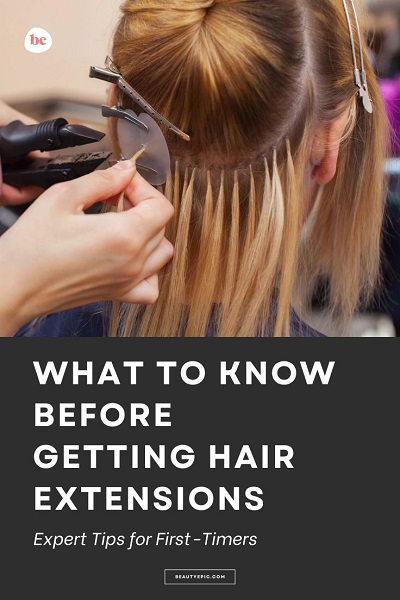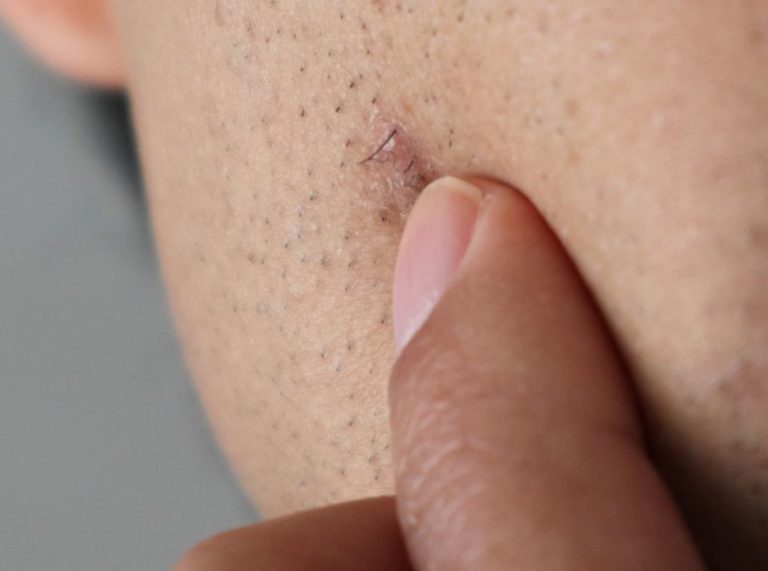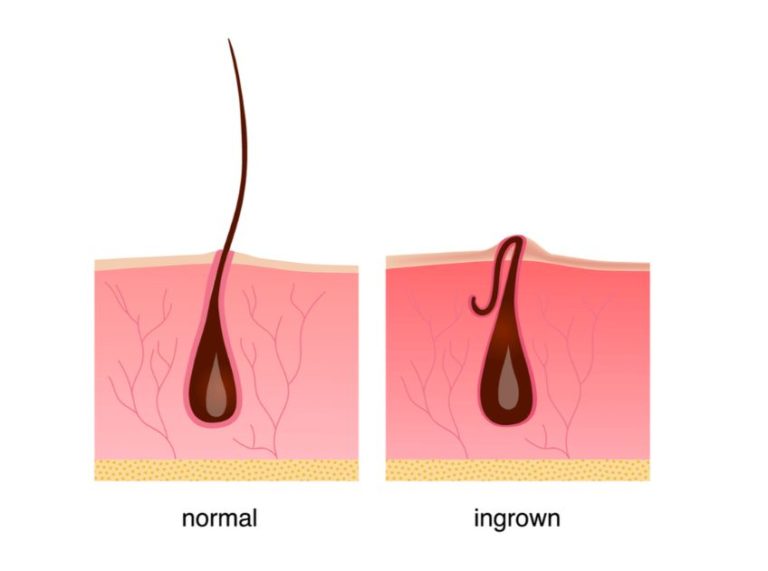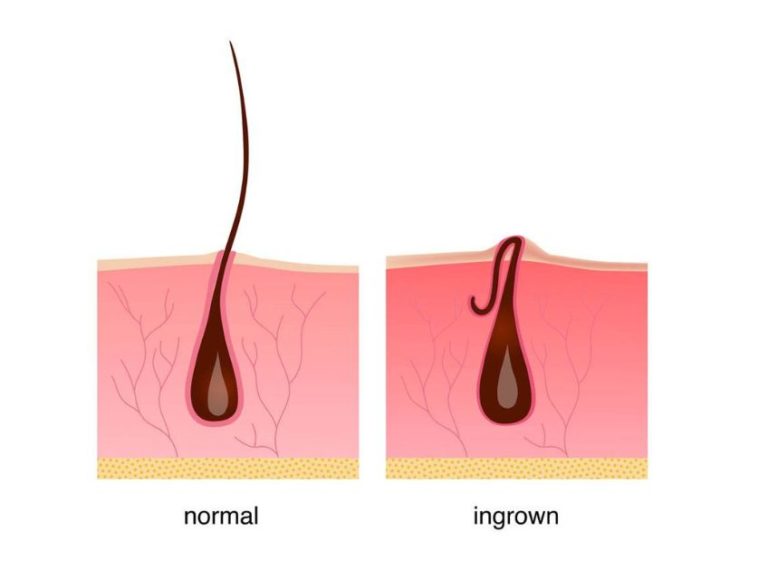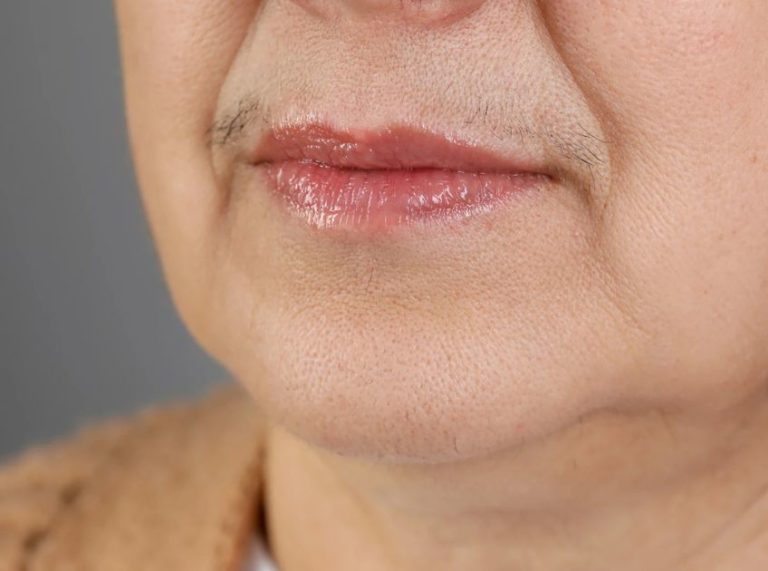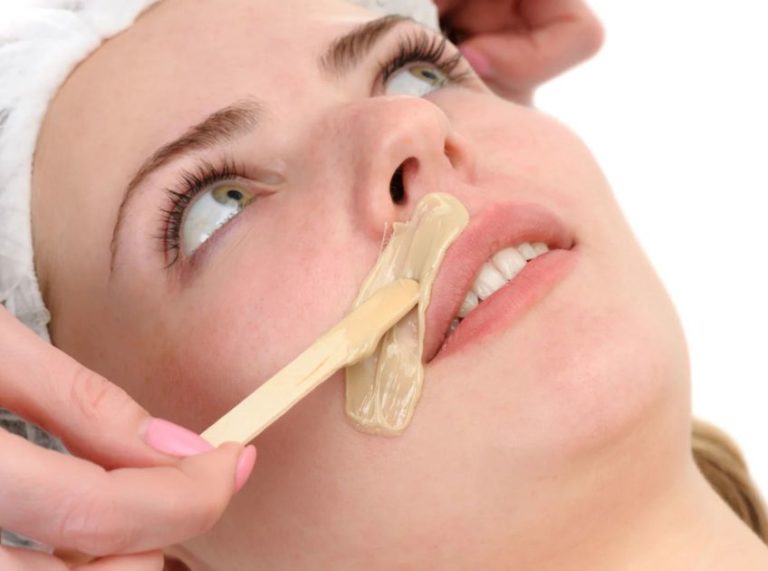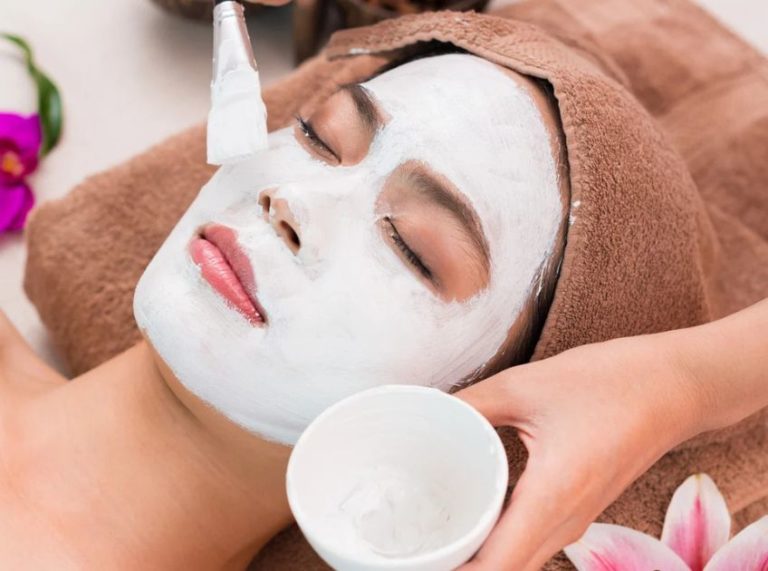
Important: This article is for informational purposes only. Please read our full disclaimer for more details.
Dreaming of fuller, longer, or more voluminous hair? Hair extensions can instantly elevate your look, but they’re not one-size-fits-all. If you’re looking for added length, thickness, or a total hair transformation, it’s important to understand the types, commitment, and aftercare before taking the plunge.
Here’s what every first-timer should know before investing in hair extensions, straight from a hair expert’s lens.
Article Contains
- Not All Hair Extensions Are Created Equal
- Quality Hair Is Worth the Investment
- Professional Application Is Non-Negotiable
- Your Hair Will Need a New Routine
- They Don’t Last Forever—And That’s a Good Thing
- Know the Risks Before You Commit
- It’s Not Cheap—So Budget Accordingly
- You Might Fall in Love—But Don’t Get Addicted
1. Not All Hair Extensions Are Created Equal
Before you book that appointment, get familiar with the different types of hair extensions and their unique benefits.
- Clip-ins: Best for temporary wear or occasional glam-ups. Easy to apply and remove.
- Tape-ins: Semi-permanent, discreet, and ideal for fine hair. Typically lasts 6–8 weeks.
- Micro-rings (I-tips): No glue involved. Hair-friendly but requires salon maintenance every 8–10 weeks.
- Fusion (Keratin bonds): Long-lasting and natural-looking, but involves heat during application.
- Weave or sew-in: Popular for thick, coarse hair. Requires braiding of natural hair as a base.
Each method varies in longevity, cost, and suitability for different hair types. Discuss with a licensed stylist to determine what fits your lifestyle and hair health.
2. Quality Hair Is Worth the Investment
When it comes to extensions, quality matters—both for looks and longevity.
- Human Hair Extensions: They blend seamlessly, can be styled with heat tools, and last longer with proper care.
- Synthetic Hair Extensions: Cheaper, but prone to tangling, heat damage, and unnatural shine.
Look for 100% Remy human hair, which ensures the cuticles are aligned in the same direction, reducing tangling and promoting a natural appearance.
3. Professional Application Is Non-Negotiable
DIY may save money, but improperly installed extensions can lead to tension, breakage, and even traction alopecia.
A certified extension specialist will assess your hair density, scalp health, and lifestyle to recommend the safest method. Proper installation also ensures the extensions lie flat, feel comfortable, and last longer.
4. Your Hair Will Need a New Routine
Hair extensions aren’t a set-it-and-forget-it solution—they require a tailored care regimen to keep both your natural hair and extensions healthy.
- Brushing: Use a loop brush or extension-friendly paddle brush. Detangle gently from the tips upward.
- Washing: Cleanse with sulfate-free, moisturizing shampoo. Avoid heavy oils near the bonds or tapes.
- Sleeping: Tie your hair in a loose braid or bun before bed to prevent tangling.
- Styling: Always apply heat protectant. Limit high temperatures to prolong the extension of life.
Be prepared to spend more time and care on your hair than usual.
5. They Don’t Last Forever—And That’s a Good Thing
Extensions require maintenance and have an expiration date.
- Clip-ins: 6–12 months with minimal use
- Tape-ins and Sew-ins: 6–8 weeks
- Fusion or Keratin Bonds: Up to 4 months
- Micro-rings: Up to 3 months
As your natural hair grows, the bond placement shifts, making timely touch-ups essential. Delaying maintenance can strain the scalp and cause hair breakage.
6. Know the Risks Before You Commit
Hair extensions are generally safe when applied correctly, but poor practices can cause:
- Tension headaches from tight installations
- Scalp irritation or allergic reactions
- Hair thinning or damage from improper removal or neglect
Always perform a consultation and patch test before committing. Ensure your stylist follows hygienic and damage-free application techniques.
7. It’s Not Cheap—So Budget Accordingly
Hair extensions are an investment in both time and money.
- Initial cost: Can range from $150 for clip-ins to over $1,000 for high-end, full-head installations.
- Maintenance: Expect touch-up costs every 6–8 weeks, plus specialty haircare products.
If you’re serious about extensions, plan financially for both the upfront cost and upkeep.
8. You Might Fall in Love—But Don’t Get Addicted
Extensions can be addictive, especially once you see the transformation. But extended, long-term use without breaks may stress your scalp and natural hair.
Let your hair breathe between installations. A good stylist will guide you on healthy extension habits, ensuring you protect the hair underneath the glam.
Frequently Asked Questions (FAQ’S)
Q1: Can I still style my hair as usual with extensions?
A. Yes! Most high-quality human hair extensions can be curled, straightened, and styled like natural hair—just remember to use a heat protectant and avoid over-styling near the bonds or tape.
Q2: Are hair extensions damaging to natural hair?
A. Not when properly applied and maintained. Damage usually stems from DIY attempts, poor installation, or neglect. Regular salon maintenance and gentle handling go a long way in preventing harm.
Q3: How do I know which type of extension is best for me?
A. A consultation with a licensed stylist is key. They’ll evaluate your hair type, lifestyle, and budget to recommend a method that balances beauty with hair health.
Final Thoughts
Hair extensions can be a confidence booster and beauty game-changer—but only when done right. Take time to explore your options, invest in quality, and partner with a knowledgeable stylist. With the right care and approach, you’ll enjoy gorgeous, fuller hair without compromising your natural locks.
